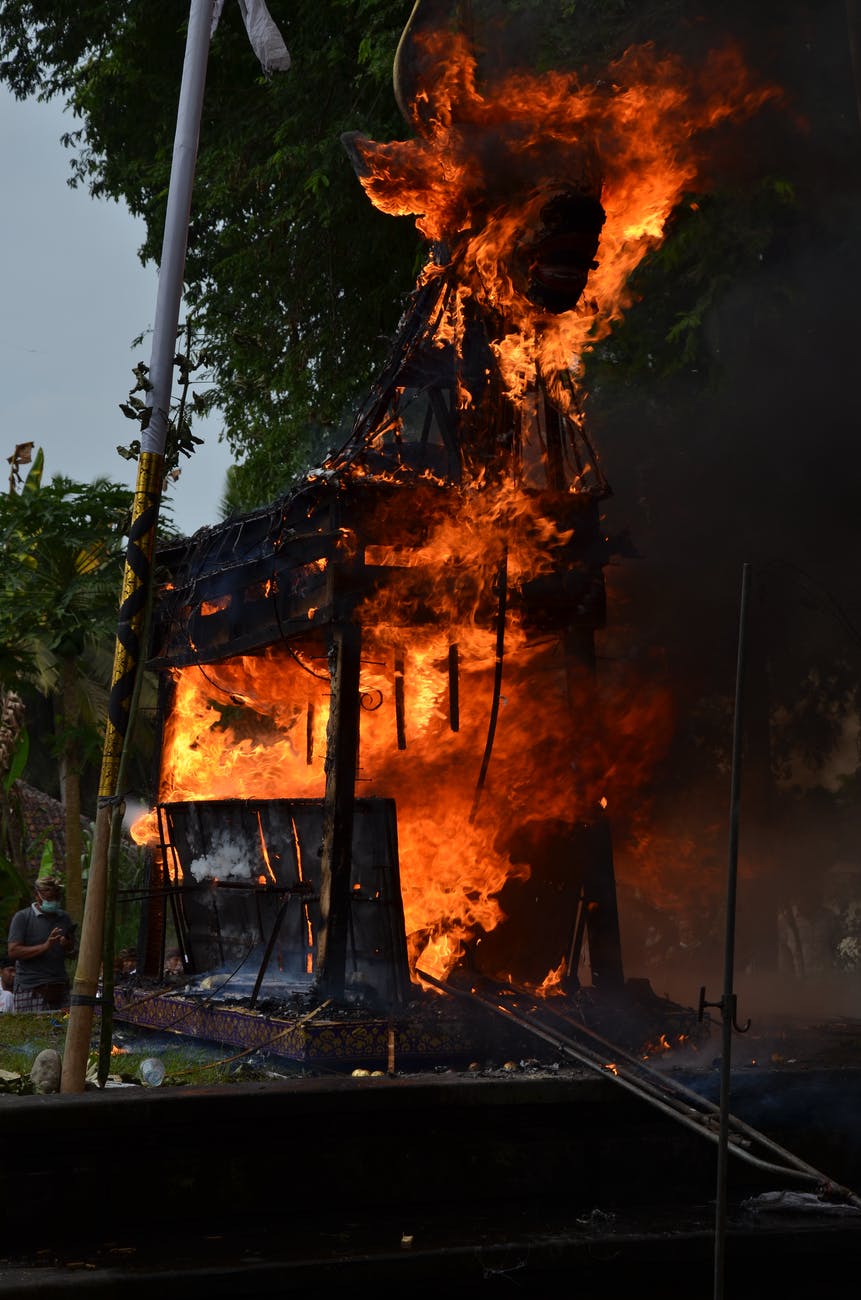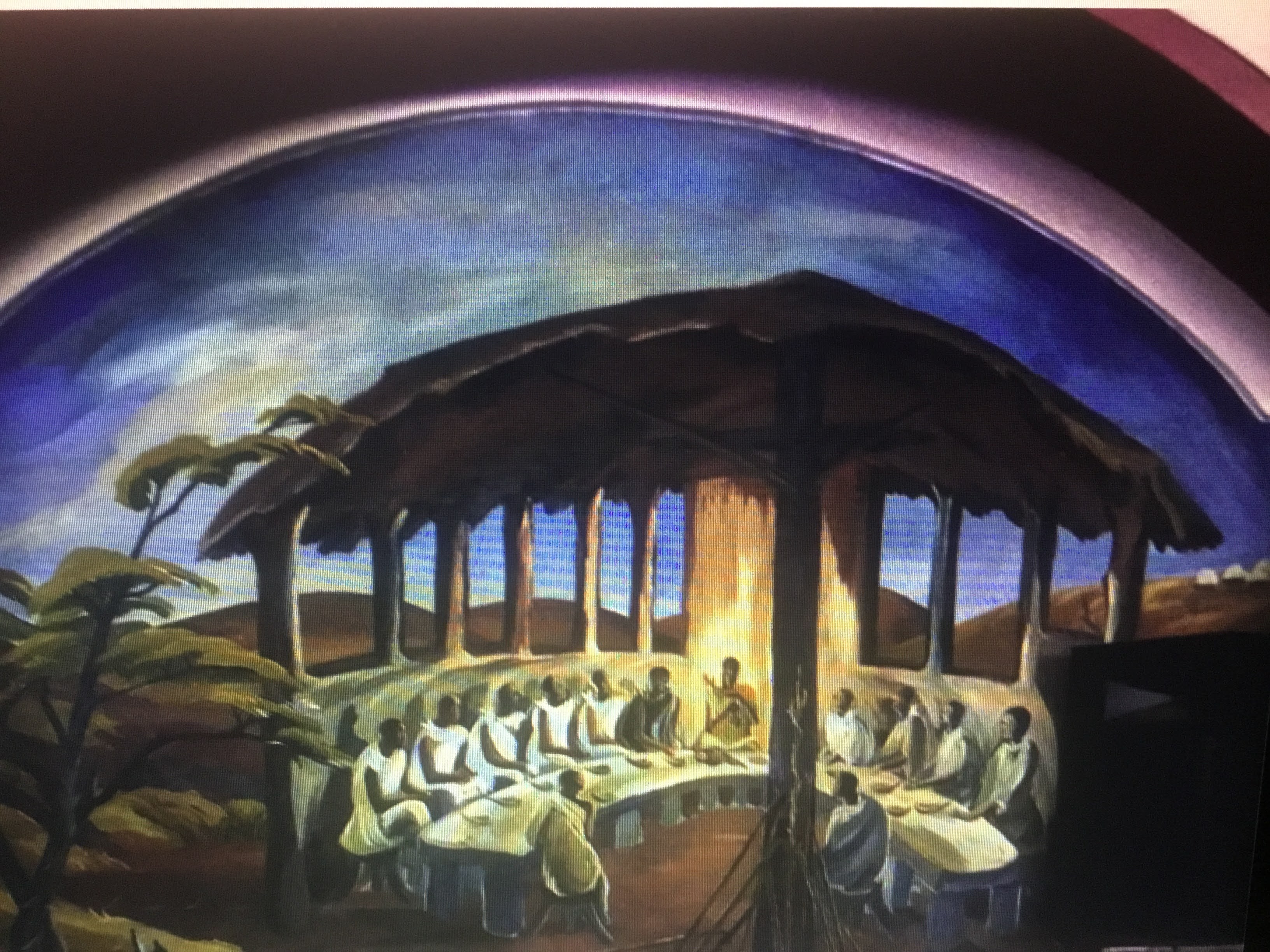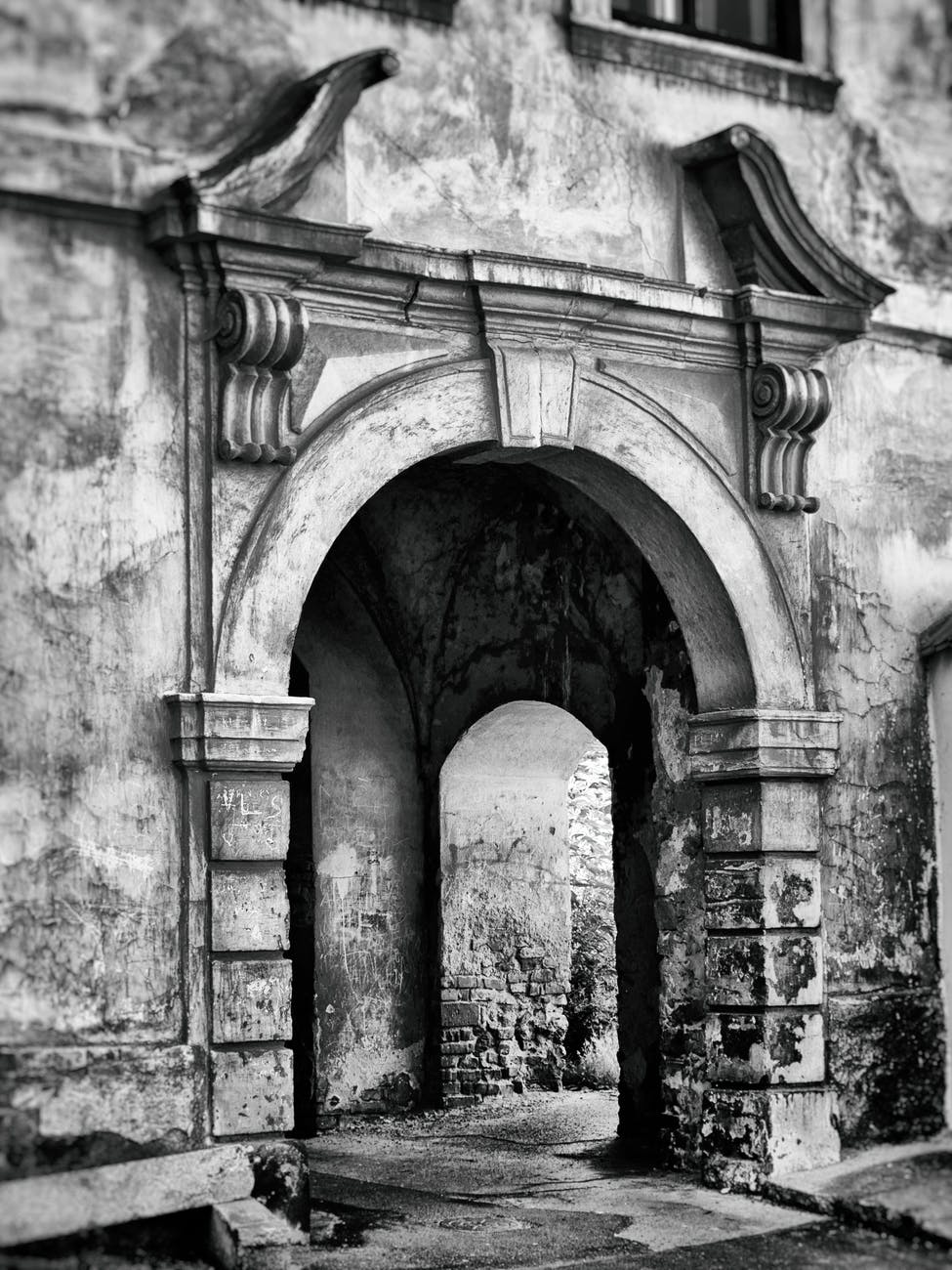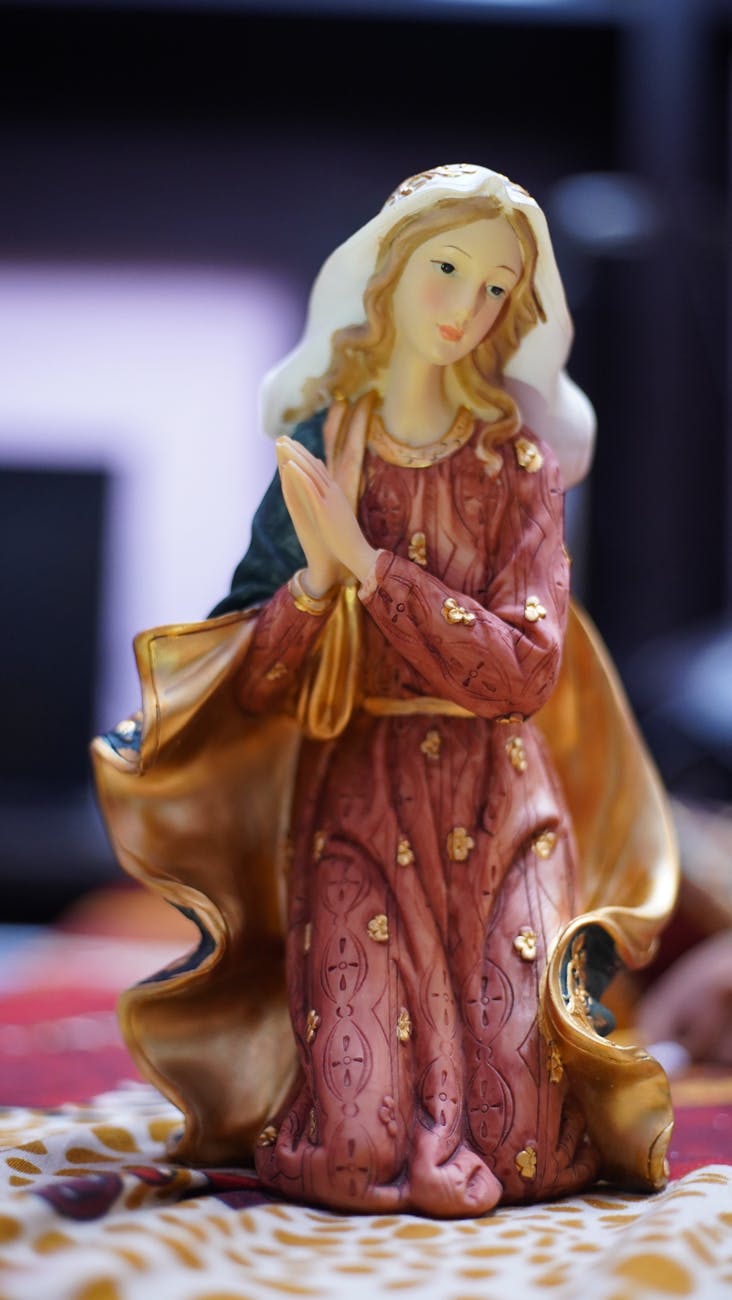By Canon Francis Omondi
Doing God’s will may lead to a tragic end. Not the end you would desire. But that is not ALL, since God must fulfil his will in his world.
Mark 6:19-26 tells the story of John the Baptist being beheaded while in prison. Reading this narrative of John’s last days, one gets swallowed in the two most conspicuous aspects of the narrative:
Herode’s and Herodias proclivities, abuse of power… And the brutal execution, through beheading, of John the Baptist. These twin towers overshadow the nuances, and the gist of the narrative. John’s turmoil and agony in prison. In silence.
Herod silenced John in prison. That is why the Sound of Silence ought to be heard. I borrow this title from Music by Paul Simon (1964) The Sound Of Silence:
And in the naked light I saw: Ten thousand people, maybe more: People talking without speaking: People hearing without listening: People writing songs that voices never share: No one dare: Disturb the sound of silence.
Commentators have well articulated the reason for his imprisonment. I should not belabour that. But I will revisit it to reinforce his agony.
John had rebuked Herod Antipas for his blatant sin. Herod divorce of his wife, to marry his brothers’, Philip, wife- Herodias. This was a nasty act, in that some suggest it was like incest, breaking a Jewish law of Leviticus. But what irritated Herod was that John spoke in public about his sin. John also talked of this sin in private. He never stopped referring to the ill of their leader. This irked Herodias, who questioned John’s audacity, courage to question the king.
John was reputed in Israel for his courage. Although his work among the people was popular, leading many to repent and find their way back to God. here was an obstinate Herod who was not only was evil but had power and evil courage. With his immense power, Herod imprisoned John to silence him. Yet in feared the people. For a riot in Galilee would have ended his rule. Herod knew how the Jews revered John. As a righteous and holy man.
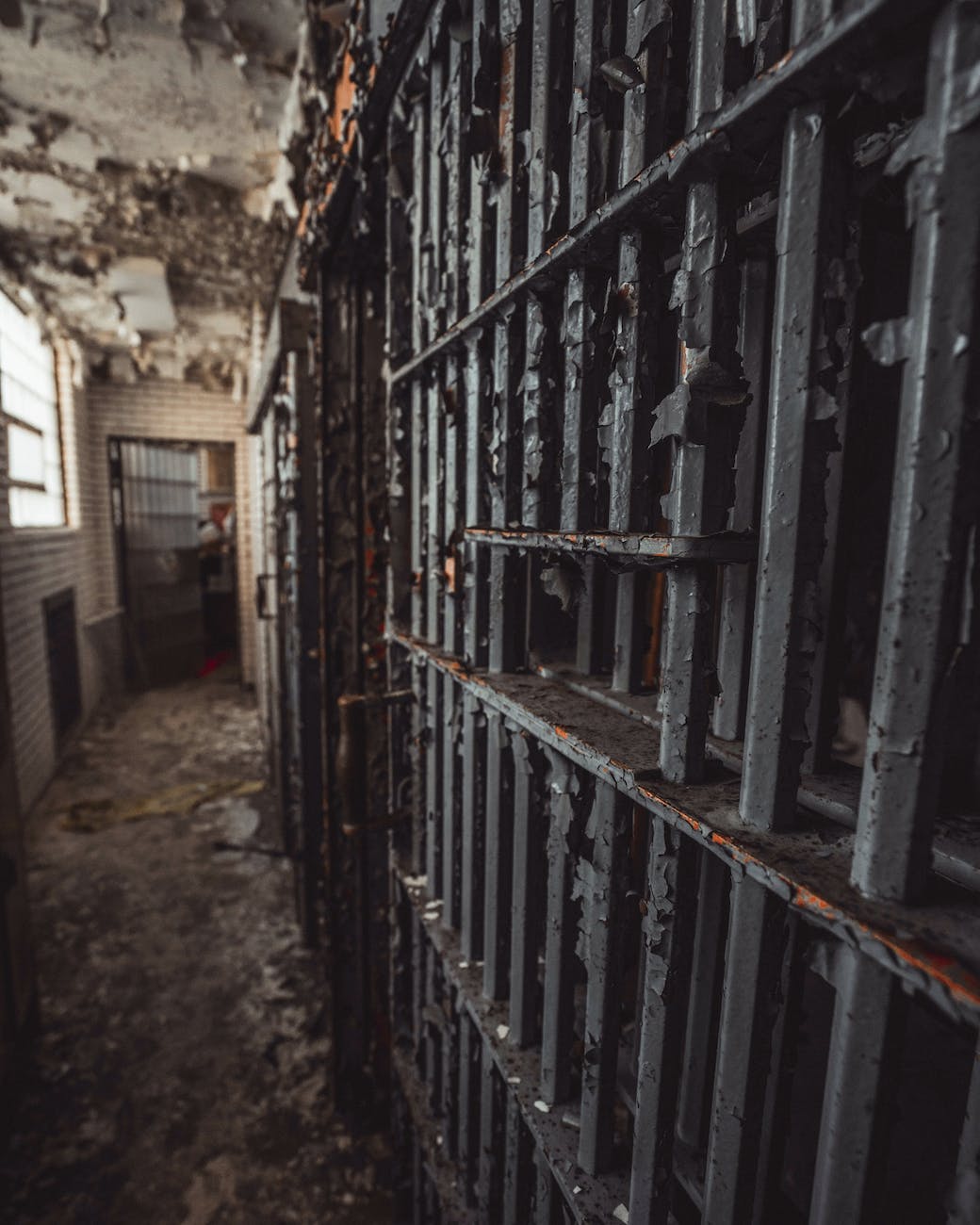
While in prison, his disciples, his confidence in God’s call, and God himself abandoned him:
1. His disciples abandon him
For this hour he had to face alone… John the Baptist was alone in prison without his disciples. The soldiers were not afraid to obey the order to kill him. Paul, having fulfilled his mission, says only Luke is with me and everyone has left him (2 Timothy 4:10-11).
2. The confidence in his calling abandoned him.
John began questioning himself. Had he fulfilled his calling? What was it?
Here, John sought to confirm his call. This is the one about whom it is written, ‘Look, I am sending my messenger ahead of you, who will prepare your way before you.’ (Luke 7:27)
He sought Jesus’ reassurance:
So, John called two of his disciples and sent them to Jesus to ask, “Are you the one who is to come, or should we look for another?”When the men came to Jesus, they said, “John the Baptist has sent us to you to ask, ‘Are you the one who is to come, or should we look for another?’”(Luke 7:18-21)
In his response, Jesus wanted John to listen to the sound of silence. Not the voice in scriptures but in the ordinary day-to-day life of the Kingdom:
At that very time, Jesus cured many people of diseases, sicknesses, and evil spirits, and granted sight to many who were blind.So, he answered them, “Go tell John what you have seen and heard: The blind see, the lame walk, lepers are cleansed, the deaf hear, the dead are raised, the poor have good news proclaimed to them. Blessed is anyone who takes no offense at me.” (Luke 7:21-23)
Again in Paul Simon words:- v.5
And the people bowed and prayed: To the neon god they made: And the sign flashed out its warning: In the words that it was forming: And the sign said “The words of the prophets: Are written on subway walls: And tenement halls: And whispered in the sounds of silence”
It is possible, under pressure, to doubt one’s calling. The calling of God doesn’t get to us with a bang. We hear it in whispers, sounds of silence… that are only heard by those who hear it. The voice was meant for these ears.
John’s example was to go to Jesus. He was called by Jesus to look out for the ordinary day-to-day life, where God is dealing with humanity.
Seeing and hearing God’s work among humans should allow us to situate ourselves in God’s grand plan. In the middle of pain, we get fulfillment in seeing God’s intervention in human life.
3. John abandoned by God:
When you are in God’s will, why then does He disappear?
An enormous sense of abandonment griped John about God’s silence and abandoning him. John had done what God wanted him to do. He did what was right. With courage, he had spoken against injustice, had rebuked Herodias for marrying Herod Antipas.
John’s hour of trial came after Salome, the daughter of Herodias, danced and asked for the head of John the Baptist. Herod offered her half the kingdom; or whatever she dreamt about. Why would she want a man’s head on a platter? What she asked for was not what she really wanted. Salome did not know what she was saying. But when she spoke, she was speaking in strange tongues. She gained her mother’s language of treachery and revenge. In helping people in the communities, we insert our wishes and present them as though these were theirs’s. An aid worker said, “Why put my words in the mouth of people when it’s my own gain?”
John’s head was chopped off and God did not prevent it. Nor did God respond.
If one may think that God picked on John, One must read the scriptures deeply to see how God treats those he has called into this prophetic ministry. John was not the only one who experienced it.
Soon, Jesus will have to face a worse kind of abandonment. Jesus Himself, having done what God wanted, is abandoned by God on the cross, and cries out, “Eloi, Eloi, lema sabachthani.” (Mark 15:34)
The tragedy in the book of Job is that he did everything God expected of him. What he was afraid of just happened to him. He was righteous, but disaster hit him, and hit him hard. But God was silent. Job then tries to reach out to God to ask him why.
Why that when we have done well, does God suddenly disappear?
The hope that we had of fulfilling God’s work hits us and we ask, “Did I do right or wrong? Was I deceived?” There is a feeling of being deceived. Jeremiah prayed, “You deceived me, Lord, and I was deceived.” (Jeremiah 20:7). He had clearly explained to the people the disaster that was coming, but God did not change His mind even in response to sincere prayers. God does not draw near to His disciple, but leaves him in a vacuum.
Where was God in Auschwitz, during the Naiz’s?
In the affliction of the Jews during the Nazi regime, many lost the sense of faith in God. For they asked where was God in the gas chamber?
“In all their affliction he was afflicted, and the angel of his presence saved them; in his love and in his pity he redeemed them; he lifted them up and carried them all the days of old.” Isaiah 63:9 ESV
Perhaps you may feel that God does not affirm you. And there is no one to share our burdens with.
It hurts when you haven’t accomplished the thing that made you leave home. You may ask:
Is God’s will still guide us? Is God with us?
You will feel the sense of abandonment, but it is not yet over. When we have done God’s work and then He abandons us, only God can find us, he comes to us in resurrection.
It is not how we survive… we do not have power. It is possible that we are already sinking out. You are earning your marks you will soon display before God. What has God asked of you? What have you done with what you were given? What did you do with it?
South African author Alan Paton wrote a story about a school principal in Soweto, where the 1976 uprising began.
The principal was a gentle guy, not controversial, not one who goes to protests. He had friends in the white community because he didn’t talk politics at their tea parties. He was reasonable.
One day, the whites saw him sitting on a stage at a rally. Then the next time they saw him and he spoke at the rally. Then he was in the front, leading the march.
And they said to him, “What has happened to you? We depended on you! Now you are making things worse.”
He responded to them: One day I will die and the Great Judge in heaven will ask me, “where are your wounds?” And I will have to say, “I don’t have any.” And when I say, “I don’t have any,” the Great Judge will say to me, “Was there then nothing to fight for?”
Where are your wounds? You must work for the kingdom.
“I tell you, among those born of women, no one is greater98 than John. Yet the one who is least in the kingdom of God is greater than he is.”(Luke 7:28)
The least in the kingdom bears the mark of struggle for the Kingdom. They have wounds.
Conclusion:
We need anger and courage.
Anger or holy rage on seeing what is happening to humanity and being disturbed by it. And courage to be reckless in acting to solve these ills.
But I would say- courage. No, even that is not challenging enough to be the whole truth. Our task today is recklessness. For what we Christians lack, a holy rage- the recklessness which comes from the knowledge of God and humanity… a holy anger about the things that are wrong in the world….
To rage at the lie that calls the threat of death and the strategy of destruction peace. To rage against complacency. To restlessly seek that recklessness that will challenge and seek to change human history until it conforms to the norms of the kingdom of God.
And remember, the signs of the Christian Church have been the Lion, the Lamb, the Dove and the Fish… but never the chameleon.” Kaj Munk, a Danish priest, spoke these words before the Gestapo killed him in 1944.
In the name of the Father, Son and Holy Spirit! AMEN.
Rev. Canon Francis Omondi is a Priest of All Saints Cathedral Diocese of the ACK, a Canon of the All-Saints Kampala Cathedral of the Church of Uganda, Adjunct Lecturer at St. Paul’s University, Limuru, and Research Tutor at the Oxford Centre for Religion and Public Life.


